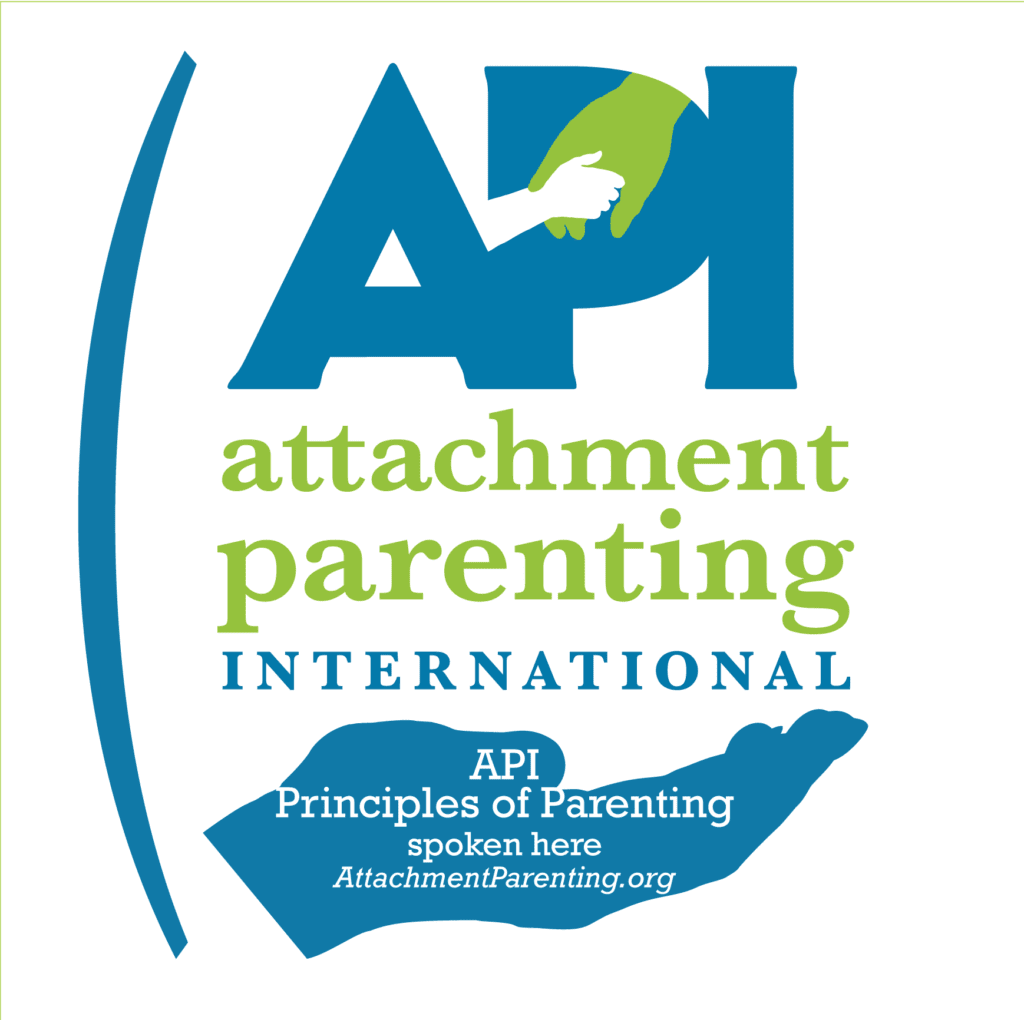This is a great question because ADHD — Attention-Deficit/Hyperactivity Disorder — is often co-occuring with anxiety in kids and in adults but they can also look very similar. Let’s dig into that a little bit. Let’s talk about the ways anxiety can look similar to ADD or ADHD? Well, some of the symptoms show up in both diagnosis. Symptoms like:
- Fidgeting
- Distraction
- Difficulty keeping track of things
- Do not seem to listen
- Problems staying focused
- Problems staying organized
- Forgetfulness
- Impulsivity
These symptoms are present in ADD and ADHD because the child’s brain works differently. They tend to struggle with executive functioning, which basically means the part of their brain that does the planning and organizing works differently than neurotypical people. People with ADD/ADHD may be able to hold a lot of thoughts at once — I tell kids it means they have a busy brain — and tend to struggle with staying on task. This can be confusing since they also are able to hyper focus, which means to put all of their attention on one thing no matter what else is going on. This is the child who can lose themselves in building legos even if there is a literal tornado going on around them.
Ok back to the symptoms that are also present in Anxiety.
Anxious children may also fidget, get distracted, have trouble focusing, listening, being organized and keeping track of things. They may be forgetful. This is because they are on high alert. Anxious children are often keyed up. They may be quick to respond to perceived threats so may seem impulsive. They may also struggle with executive functioning because their planning, organized brain is off-line since they are living in their more reactive brain. Anxious children may spend a lot of time in fight, flight, or freeze mode and so they aren’t thinking with their calm, cool and collected higher order brain.
It gets even more complicated when we consider that about one third of those who are diagnosed with ADD/ADHD also meet criteria for an anxiety diagnosis. There are some studies that indicate that number might be even higher.
Let’s consider why this might be true.
First of all, we live in a world where we expect people to have neurotypical brains. That means our systems — our schools, our workplaces, our childcare centers, our parenting books — assume that we all have brains that function like the average brain. Those children and teens whose brains work differently have to contend with being quote WRONG end quote. They may not get the circle time activities, or appreciate the social nuances of middle school. They may not get why the workplace protocol operates the way it does. They may feel like square pegs getting shoved into round holes and that can create real anxiety. If they feel that they are always missing the point or missing the boat, that’s going to make them feel anxious about their day to day functioning.
Think of a child who struggles with impulsivity. They are the kids who are reaching out to touch the museum display before you can tell them, “Don’t touch!” They are often in trouble and aren’t sure why or how to be different. You can see how it would make a person anxious, right?
The other thing is that this high impulsivity — this immediate jump from a thought to a behavior — can also happen with an immediate jump from a thought to another more anxious thought. If a child has anxiety and has ADD/ADH, they are more likely for feelings to run away with them. If they think about a dinosaur, they may immediately go to thinking about being eaten by a dinosaur. That executive functioning that helps them slow down and be logical isn’t as strong as that impulsivity.
Remember in previous episodes we’ve talked about the information processing bias the comes with anxiety — anxious brains tend to be more negative, spotting potential danger even in neutral situations. As you can imagine, when ADD/ADHD is also present, it’s simply easier to jump to the worst possible conclusion more quickly.
Where it definitely matters is when we’re thinking about medication. Stimulant medication, which we use to treat ADD/ADHD, can make anxiety worse. But that’s a discussion to have with your doctor.
It also matters when we’re talking about school accommodations since your child or teen will need to have an assessment and diagnosis in order to inform the IEP or 504 plans.
But when it comes to treatment, we’re addressing the child and their symptoms and having a clear diagnosis may help with case conceptualization but those of us who work with kids tend to expect things to overlap and be complicated. Knowing if it’s anxiety or if it’s ADD/ADHD may be less important than trying things to see if they’ll work. Sometimes it’s in trying things that we learn what is the most pressing issue. I can think of times when I was working with a child who came to me with an ADD/ADHD diagnosis and as we dove in and made plans with their parents to address their concerns and their child’s challenges, we were able to figure out where anxiety was most present and how to address it with each individual child. In other words, often it is through working with the child that we are able to make recommendations for a better diagnosis and case conceptualization.



